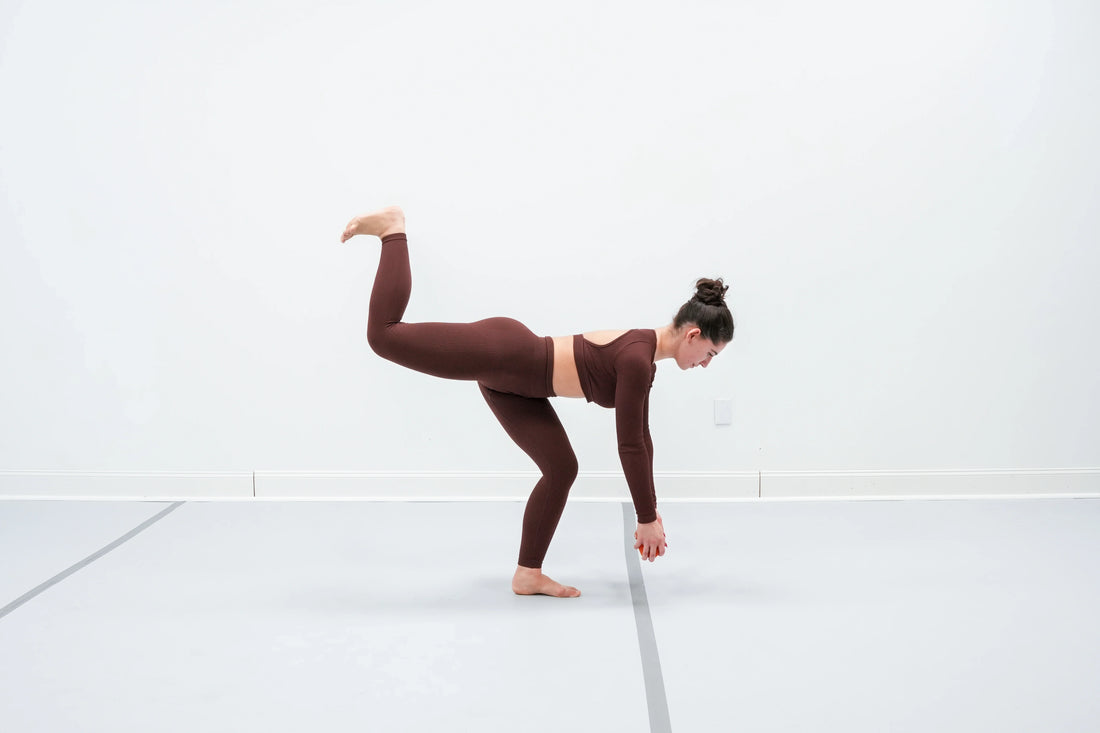Essential Exercises to Improve Balance and Coordination for Dancers
Balance and coordination are the foundation of every dancer’s success. Whether you're executing a pirouette, maintaining a stable arabesque, or transitioning smoothly through choreography, these skills are crucial. By incorporating targeted exercises into your training, you can improve your balance, refine coordination, and elevate your overall performance. Here’s a guide to targeted exercises that every dancer can benefit from.
Why Balance and Coordination Matter in Dance
Balance allows dancers to maintain positions such as passé or arabesque with control, while coordination ensures smooth transitions between movements. These abilities aren’t just innate—they can be developed through consistent practice and specific exercises.
Key Areas to Focus On
-
Core Strength: A strong transverse abdominis and obliques are essential for controlled movements.
-
Glute Strength: Strong glutes support the pelvis and spine, improving overall balance.
- Ankle Strength: Strong ankles assists dancers in maintaining balance and absorbing impact safely during jumps and turns, resulting in fewer injuries.
Essential Balance and Coordination Exercises for Dancers
Incorporate the following exercises into your practice to improve both balance and coordination:
1. Single-Leg Coupé Élevés
-
- How to Do It:
- Stand on one leg with the other foot in a coupé position.
- Press the supporting (standing leg) leg up to an elevé position and slowly lower the heel back to the floor. Repeat 16-32x per side depending on your level.
- Stand on one leg with the other foot in a coupé position.
- Benefits:
- Builds ankle strength and improves single leg stability, essential for turns and extensions.
- Builds ankle strength and improves single leg stability, essential for turns and extensions.
- How to Do It:
2. Dynamic Side Plank Rotations
-
- How to Do It:
- Start in a full side plank (straight bottom arm) position with your body straight and one arm extended toward the ceiling.
- Rotate your torso downward, threading the extended arm under your body.
- Return to the starting position.
- Start in a full side plank (straight bottom arm) position with your body straight and one arm extended toward the ceiling.
- Benefits:
- Strengthens core muscles and focuses on full body engagement during movement.
- Strengthens core muscles and focuses on full body engagement during movement.
- How to Do It:
3. Bosu Ball Squats
-
- How to Do It:
- Stand on a Bosu ball or any unstable surface and perform slow squats.
- Engage your core to maintain stability.
- Stand on a Bosu ball or any unstable surface and perform slow squats.
- Benefits:
- Develops lower body strength (glute and quad focus) and balance under unstable conditions, simulating real dance movements.
- How to Do It:
Tips for Maximizing Results
-
Practice Consistently
Dedicate time each day to balance and coordination exercises. Even 10–15 minutes can yield noticeable improvements over time.
-
Start Slow, Then Add Complexity
Begin with basic exercises, then progress to more challenging variations (e.g., adding resistance bands or performing exercises on an unstable surface).
-
Use Mirrors
Practicing in front of a mirror helps you monitor alignment and ensure proper form.
How The Godfrey Method On Demand Can Support Your Progress
For dancers looking to enhance their training, The Godfrey Method On Demand offers an extensive library of online dance classes that include exercises designed to improve balance and coordination. Lessons like Core Strength & Engagement, Side Plank Battements, and Ankle Stability provide step-by-step guidance for dancers of all levels.
Whether you're a beginner focusing on foundational balance or an advanced dancer refining coordination in complex choreography, the platform offers targeted instruction to complement your routine.
Final Thoughts
Improving balance and coordination is a journey that requires dedication, practice, and the right exercises. By incorporating the exercises outlined above into your daily training, you’ll see steady progress in your stability, fluidity, and overall performance.
Take the time to invest in your balance and coordination—it’s a decision that will elevate your dancing to new heights.

